Common Myths About Robotic Surgery (Debunked!)
Worried about robotic surgery for fibroids or endometriosis? Learn the truth behind common Myths About Robotic Surgery and why it might be the better option for gynaecological care.
Dr. Smita Sinha
10/13/20253 min read
Myths About Robotic Surgery in Gynaecology (Debunked!)
In recent years, robotic-assisted surgery has transformed the way doctors perform gynaecological procedures—from fibroid removal to endometriosis treatment and even fertility-sparing operations. Yet, despite its rising popularity, myths about robotic surgery still prevent many women from exploring this advanced and often safer option.
This article will unpack the most common misconceptions and help you understand what robotic gynaecological surgery truly involves—so you can make empowered decisions for your health.
What Is Robotic Gynaecological Surgery?
Robotic surgery in gynaecology is a minimally invasive technique where a trained surgeon uses a robotic system—like the da Vinci Surgical System—to perform delicate procedures with enhanced precision.
It's commonly used for:
Uterine fibroid removal (myomectomy)
Hysterectomy (removal of the uterus)
Endometriosis excision
Pelvic organ prolapse repair
Fertility-preserving surgeries
With smaller incisions and more precise control, robotic-assisted techniques offer better outcomes and faster recovery—especially for women with complex anatomy or previous surgeries.
Why These Myths Matter for Women’s Health
When misinformation spreads, it can delay treatment or cause women to choose more invasive options unnecessarily. Conditions like fibroids and endometriosis already have a huge impact on a woman’s quality of life—so choosing the least disruptive, most effective treatment is key.
By understanding the truth behind these myths about robotic surgery, patients can approach their options with clarity and confidence.
Who Can Benefit from Robotic Gynaecological Surgery?
You may be a candidate if you:
Have large fibroids or multiple fibroids
Suffer from moderate to severe endometriosis
Need a hysterectomy or pelvic repair
Want to preserve fertility where possible
Have had previous pelvic surgery or scarring
A trained surgeon will assess your case and recommend the best approach. Not all procedures require robotic surgery, but for the right patients, it can provide major benefits in both safety and recovery.
📞 Need Help?
To speak with a compassionate and experienced specialist, contact Dr. Smita, Consultant Gynaecologist at KPJ Selangor Specialist Hospital, Shah Alam.
💬 WhatsApp us at +60165833302 to book an appointment and get the personalised care you deserve.
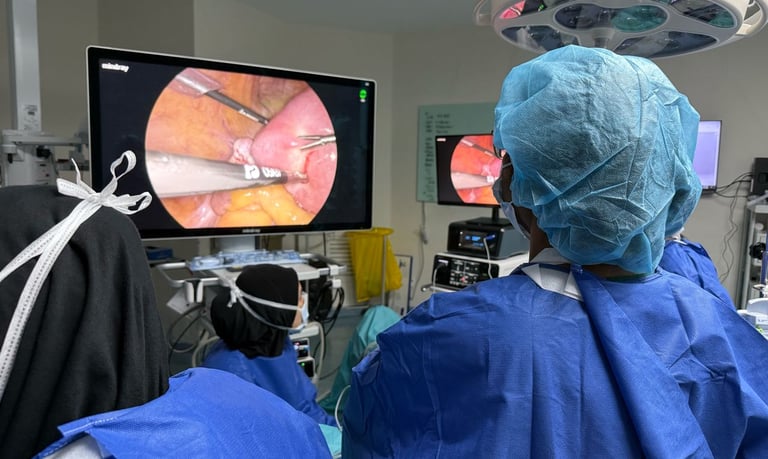



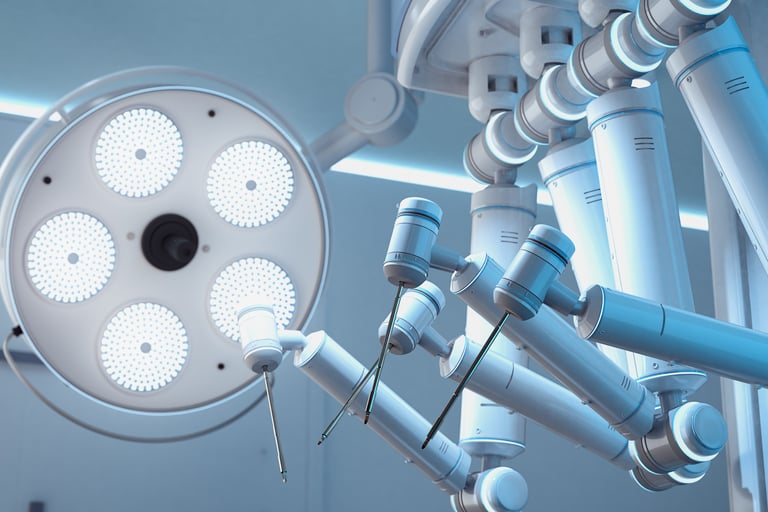

❌ Myth 1: “The robot performs the surgery on its own”
This is a common fear—but it's completely false.
Fact: A skilled gynaecologist controls the robot 100% of the time. The robotic arms respond precisely to the surgeon’s hand movements. The robot is a high-tech instrument—not an independent operator.
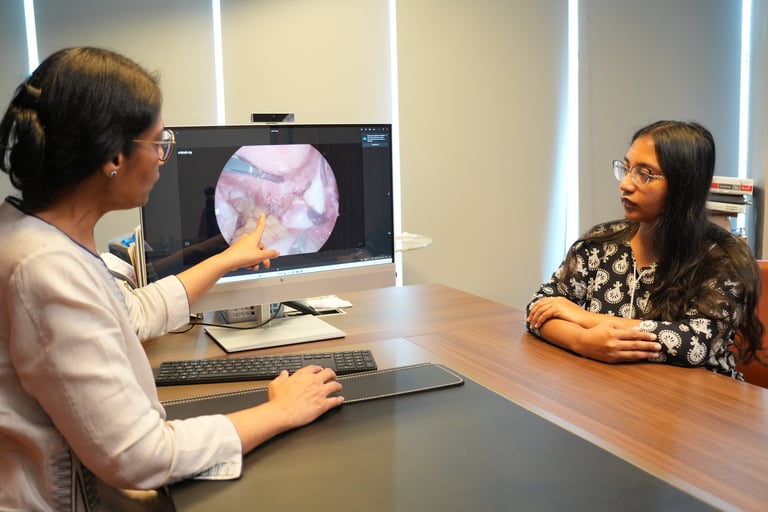

Final Takeaway
Robotic surgery in gynaecology is safe, effective, and offers real advantages for many women—especially those dealing with complex pelvic conditions. It’s not science fiction. It’s smart medicine.
If you’ve been told you need surgery for fibroids, endometriosis, or another gynaecological condition, don’t let myths hold you back. Speak to a certified gynaecologist trained in robotic techniques to explore whether it’s the right fit for you.


Let’s break down the biggest myths about robotic surgery and what’s really true.
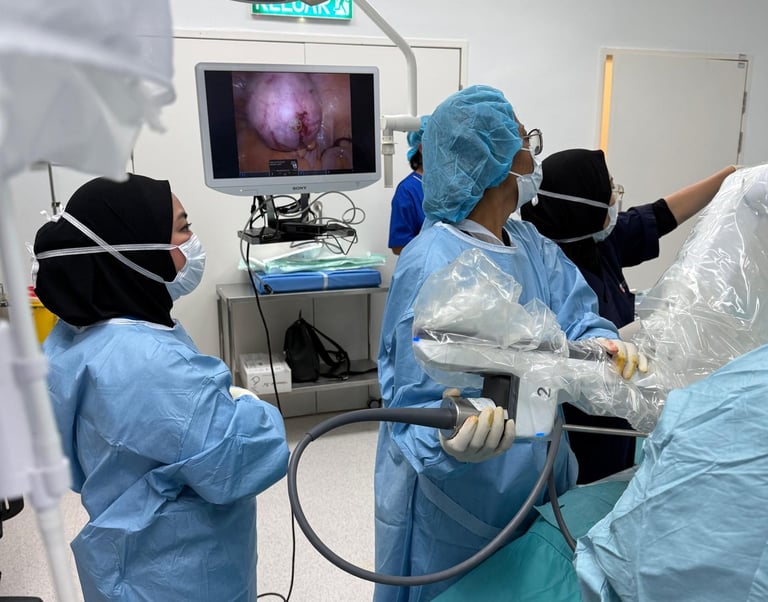

4 Common Myths About Robotic Surgery in Gynaecology
❌ Myth 2: “It’s too risky because it’s new”
Many assume robotic surgery is experimental or unproven.
Fact: Robotic gynaecological surgery has been used safely for over two decades and is backed by clinical data. In fact, it often reduces complications in complex cases like deep pelvic endometriosis or large fibroid removal.
❌ Myth 3: “The recovery is the same as open surgery”
Not at all.
Fact: Because robotic procedures are done through small incisions, most women experience:
Less post-operative pain
Lower infection risk
Minimal blood loss
Shorter hospital stay
Faster return to daily activities and work
This is especially important for busy women who can’t afford extended downtime.
❌ Myth 4: “It’s only for cancer surgeries”
While robotic surgery is used in oncology, its benefits go far beyond that.
Fact: Many non-cancerous gynaecological conditions are treated using robotic surgery—including fibroids, ovarian cysts, endometriosis, adenomyosis, and more. It is also an excellent option for women seeking to preserve fertility while addressing chronic pelvic issues.
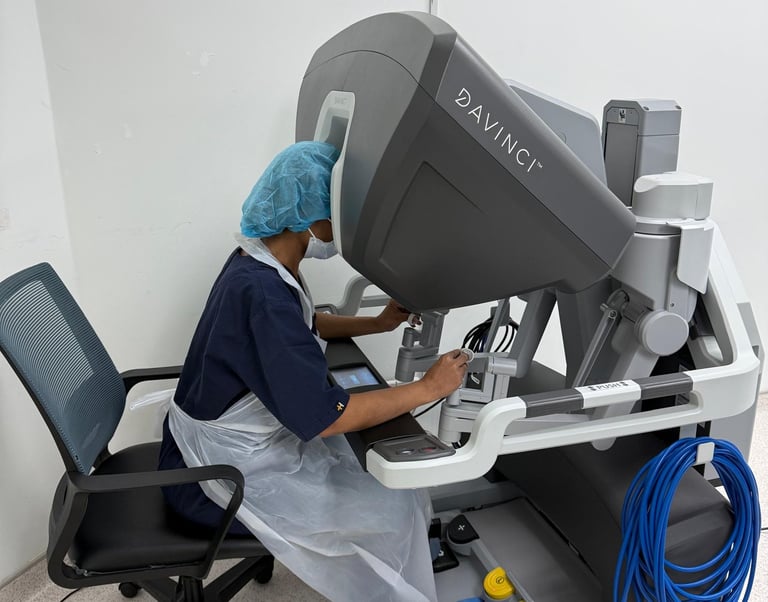

Contact Us
Clinic: +60355433285
Whatsapp: +60165833302
Email: smitaobgyn@gmail.com


Why Us?
About Us
Services
Endometriosis
Robotic Surgery
Articles
